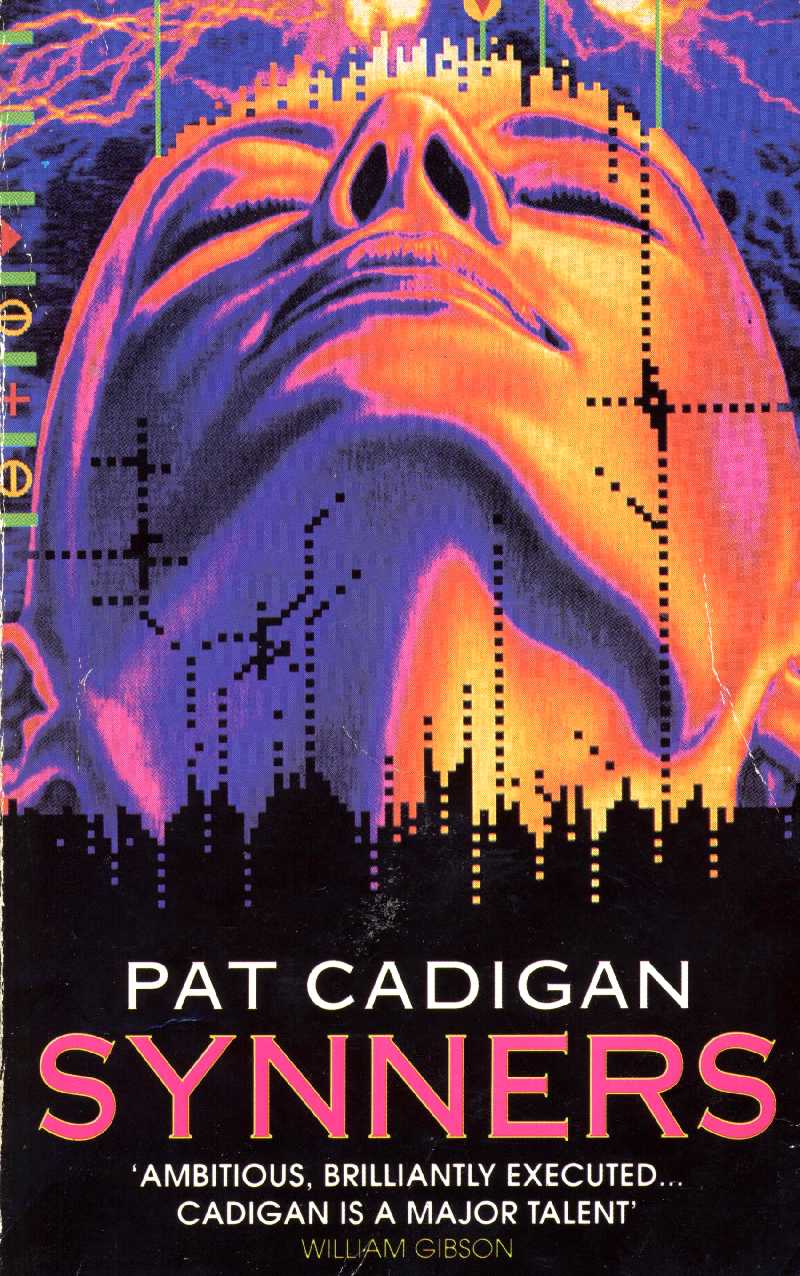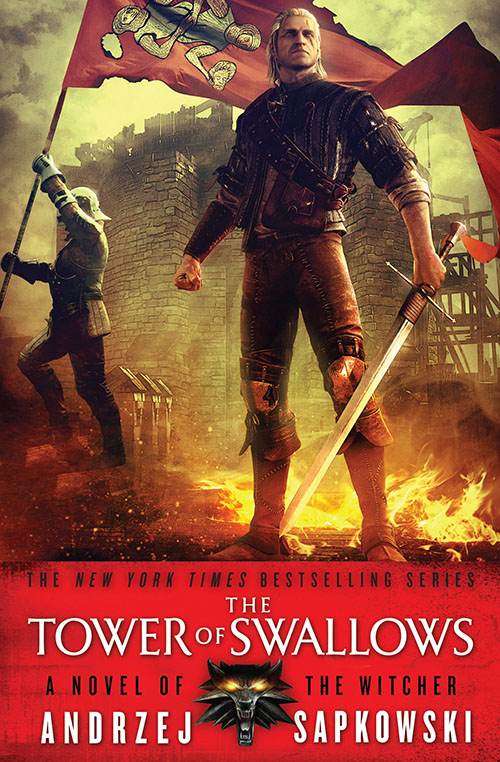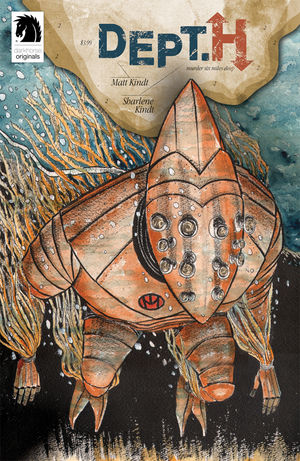Hello again. Pull up a stool and relax.
Winter is finally giving way to spring and I've got a flight of stories full of the tastes of death and rebirth. Stories that face the realities of moving on, of loss and of living. These are stories pulled from every corner of the short SFF landscape—fantasy that delights and charms; science fiction that devastates and twists; horror that challenges and inspires. This is why I love speculative short fiction. For the places they take me and the feelings and thoughts they provoke.
So sit back and let your trusty storytender pour out a few recommendations for you. Cheers!
Tasting Flight: April 2016
"The Sweetest Skill" by Tony Pi (
Beneath Ceaseless Skies)
With a sweeping fantasy feel and a delicious candy coating, "The Sweetest Skill" by Toni Pi tastes like a caramel porter to me, at times almost syrupy sweet but with a lurking darkness and a depth that intrigues and satisfies. The plot of the story sees Ao, a candy maker and somewhat-reluctant servant of the gods, being pulled into a swift and dangerous adventure to rescue a ghost tiger from the violent designs of a mysterious sect. I love the feel of the story, the breath of life in the voices of the characters, from the long-suffering Ao to the capricious and amusing gods to Ao's friends, at turns earnest and guarded, open and subtle. The magic is innovative, Ao using caramel creatures and avatars to battle the forces of the Ten Crows and try to do the bidding of the gods even while he knows they are fickle and he's unlikely to escape unharmed. Thrown in for good measure is a compelling layered narrative where Ao's battle in only part of a larger struggle, one not just of the Ten Crows against the gods but the gods against themselves, their own plots and intrigues crossing Ao and entangling him further in a world that he doesn't exactly want to be a part of but is duty-bound to serve. The action is evocative and the setting memorable, and in the end the story coats the mouth with a rush of sweetness that slowly sinks into something more nebulous, but very enjoyable.
"The Cedar Grid" by Sara Saab (
Clarkesworld)
Spanning worlds and cultures and family while exploring grief and loss, Sara Saab's "The Cedar Grid" is to me a Saison, with a mouth of spice and a slight bitterness that brings to mind a taste of autumn in the springtime, endings and longing but also new beginnings. The story features Majd, the son of a politician and the brother of a young man killed in a terrorist attack on Earth. It explores beautifully the relationship between the two brothers and Majd's place in the tapestry of pain, struggle, and reconciliation between humanity and the alien race responsible for the attack that killed his brother. Majd is a masseuse, and it is with his hands that he understands the world around him, through the tactility of people and places. His is a need to feel, something that has long made him an outcast in his family and yet something that makes it possible to bridge the divides that plague him. Between himself and his lost brother. Between himself and the aliens who he holds partly responsible for his brother's death. The story features a stunning and sensual look at how Majd copes and how he grieves and how he begins to approach the idea of forgiveness and healing. Like a Saison the story manages a delicate balance of bitterness and sweet, clarity and obscurity, and all with a rich flavor, excellent vision of a possible future, and strong kick.
"Under Dead Marsh" by Julia August (
Lackington's)
Told as a series of different texts wrapped into a radio broadcast from distant Mars, "Under Dead Marsh" by Julia August feels like a black ale to me, a hint of smoke and a murky depth that might contain anything, that conceals a refreshing darkness and lingering implications. The framing of this story is part of what makes it so compelling to me, the mixing of dry documents with newspaper accounts with the songs of creatures decidedly not of this world, all of them as if dropped into a file together and sent off for examination, forgotten, found again and shelved for future inquest, left behind during a move, and then discovered and presented to the universe as is. There's a classic feel to it, a greedy developer and an endangered population, outraged homeowner's associations worried about property values and something beneath it all that is marching, that is unseen but very present, and which might make the entire struggle above the surface irrelevant. And I love the way it gathers itself and lets everything sit, leaves itself for the reader to pour through, to discover the depths and the intricacies of it. And I love that it's a series of texts framed as a radiocast framed as a story. Like a black ale it goes down surprisingly easy for all its darkness, and left me feeling engaged, happy, and ready for another.
"Terminal" by Lavie Tidhar (
Tor dot com)
With the aching distance of change and death and a burning of bridges, Lavie Tidhar's "Terminal" seems to fit best as a Syrah wine, red as blood and dark as space and dry and deep and bracing. The story features a migration of sorts and all the reasons a person might have for wanting to leave Earth behind and be one of those to venture out without hope of return to Mars. And I love the way it explores that drive to go, to both defy and embrace endings. The title works both to elude to terminals, which are about destinations, about arrivals, and also to terminal illnesses, where the word takes on a more final implication. And there is this beauty to the host of small ships plodding through space, the people on board all separate and all reaching out, their voices finding each other in the din. They are living and dying, all hoping and all free, terribly free, of the connections back to Earth. It shows regret and it shows jubilation and it shows indecision and love in ways that only this sort of trip can illuminate. And just as the title takes on a double meaning, so does the story, one about journeys, about fresh starts and new beginnings, and another about how people face death. It's haunting and it's elegant as it moves between multiple characters, and like a Syrah it stares darkly back at the taster, dry and rich and full of depth.
"The Girl Who Escaped From Hell" by Rahul Kanakia (
Nightmare)
"The Girl Who Escaped From Hell" by Rahul Kanakia, with the crushing weight of futility, of struggle, of celestial indifference, goes down like a West Coast Pale Ale, bitter but with a brightness to it, a hope that cannot be fully destroyed, that is lifting and redemptive in the face of despair. The story shows a man raising a daughter who, as a girl, visited Hell. Who is haunted by that, despite the lengths that her father goes to in order to convince her it wasn't real. And the story does such an amazing job of rendering out the father's struggle, the stress, the crush of responsibility and the way the world operates now, valuing people only for what profit they drive. It's about the slow struggle, the slow sinking feeling of never being to rise up. Out of poverty, out of depression, out of failure. And it shows a Hell that hits, not with the tortures or burning rivers but with the raw suffocating implication of it. The relationship between daughter and father is beautifully done, powerfully moving, and the story creates a world, a situation, that drew me in, that made me wonder if it was real or not. And it's in that relationship and care that I think the story offers its greatest hope, in love and sacrifice and the possibility of doing something meaningful. Like a West Coast Pale Ale the story offers a crystal clear vision and a bitterness that cannot be denied, but also a crisp and refreshing hope that some burdens are not eternal and that, somewhere above, there are sometimes helping hands, and a surface with the taste of clean air.
"All the Red Apples Have Withered to Gray" by Gwendolyn Kiste (
Shimmer)
Taking a subversive and defiant look at women's roles in fairy tales, "All the Red Apples Have Withered to Gray" by Gwendolyn Kiste is a hard cider, tart and bold and with that alcoholic edge that gives it a smoldering fire. The action of the story centers on an orchard where young women are sent to pick an apple and fall into a deep sleep, one that they can only be awakened from by their prince, who then takes them far away, never to be seen again. It's a situation that bothers the main character, a girl growing in the shade of these trees, these narratives, these poisoned apples. The story is a fairy tale and rejects fairy tales, contains a missing mother and a protective father, but it's also a story that denounces the lessons of fairy tales, that women only have value in their relation to a man, that they are all waiting for rescue from a likely prince. Not all the women in the story are picked, after all, and some stay like apples on the branch, slowly aging, slowly withering. And I love the power and the strength the main character shows in standing against the destiny others want for her, the comfortable narratives that seem unavoidable. There is a freeing dark in the story and a fire ready to burn away the tired stories of princesses and princes. Like a hard cider the first taste is familiar, almost nostalgic, but with each sip more the experience grows and twists, subverts and satisfies.
Shots:
"Plantation | Springtime" by Lia Swope Mitchell (
Terraform)
Featuring a future where humans can be "fixed" of their free will and made into semi-sentient robots, this one is a Resurrected Robot, a mix of black rum, anise liqueur, and Goldschlager, a grenade in liquid form. This isn't the first time that I've chosen a work that's more a poem than fiction for the Round, but it's the first that unveils itself across two narratives at the same time, mixing technical schematics and an instructional voice with one of raw pain and desperation and yearning. The world building is subtle but amazingly done, building up this future that's not all that outlandish, where people's brains can be altered because of debt, because people are judged and valued based on what they earn, and those that don't earn enough are criminal, subjected to being altered and perhaps maybe altered back but…well, it's a startling vision and a great chorus of voices, showing a cycle, showing a resistance and how, in this situation, humanity has been changed. Not by having their brains altered, but by thinking that an acceptable way to create workers. The piece is short and unflinching and like a [drink name] nearly lulls one in a false security with its sweetness before hitting right between the eyes with its strength.
 |
| Art by Dario Bijelac |
"Songbird" by Shveta Thakrar (
Flash Fiction Online)
About societal pressures and self-censorship, this one tastes like a Songbird, a mix of one parts gin and elderflower liqueur with half parts green chartreuse and lemon juice, a drink full of a music barely contained and full of a momentum that refuses to be denied. The story puts the reader into the narrative using the universal I or We while watching a woman from the country, Shailaja, who is brought to "civilization" and allowed every luxury as long as she doesn't sing. As long as she sounds like everyone else. But the story is full of magic and longing, and Shailaja cannot deny her nature, cannot deny that she is a bird more than she is the woman people think she is. Put in this situation she can only lose, lose because people judge her regardless of what she sounds like, what steps she takes to fit in. To them she is ever different, ever outside their clique. And in a very short space the story builds this place and these people and then shatters it like dropping a glass ball on cement, allowing that ending to tear down everything, to give not only Shailaja but the narrator and the reader that moment of seeing ourselves in her, that moment of almost unexpected empathy when we hear a voice that is unafraid and defiant and its power is enough to lift and break the chains holding people prisoner, the chains that we often place on our wrists. And like a [drink name] the story seems to linger in the throat, a phantom taste that stays around long after the glass is empty.
 |
| Art by Katy Shuttleworth |
"The Artificial Bees" by Simon Guerrier (
Uncanny)
Studying artificial environments and the intricacies of extinction and what remains, this story is a Bumble Bee, layers of coffee liqueur, Irish cream, and sambuca—thick and sweet but with more than enough an edge to leave your head swimming and your stomach in danger of revolt. It features a robot character visiting a man in a garden, or at least so it seems. The garden represents a sort of lost utopia filled with robotic bees that the human cares for and muses over. And through this meeting, which at first seems like a classic "outsider meets humanity for the first time" but turns out to be quite different, the story manages to examine humanity's legacy. And more than that the story asks where the line is between the real and the artificial and how much that line should be respected. I love how the story manages to twist, to challenge, to present this intricate look at humanity and artificial life, at loss and preservation. It doesn't offer any easy answers, and I like that to, that everything the man says in the piece takes on new layers and new complexities once the full situation is revealed. And like a [drink name], the story is enhanced with each layer traversed, with each new impact of flavor.
--
POSTED BY: Charles,
avid reader, reviewer, and sometimes writer of speculative fiction.
Contributor to Nerds of a Feather since 2014.







































